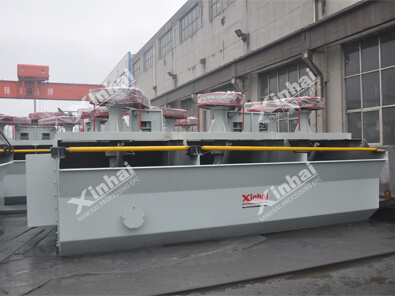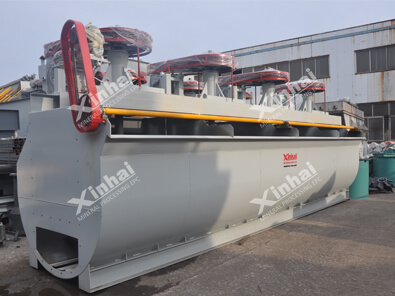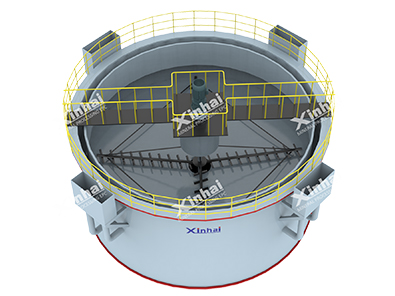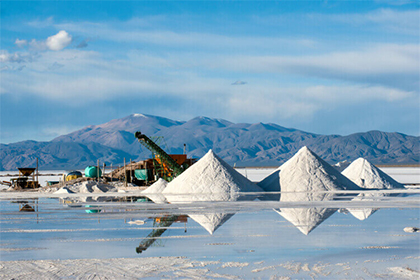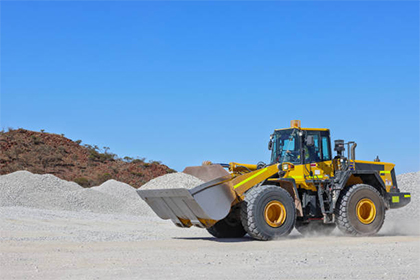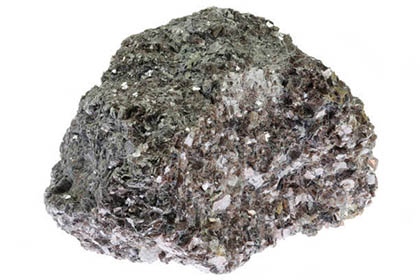Step-by-Step Guide on How to Conduct Lithium Ore Beneficiation Tests
 Laura
Laura
 Sep 18, 2023
Sep 18, 2023
 1291
1291
If you want to know more details about equipment, solutions, etc, please click the button below for free consultation, or leave your requirements!

( 300tpd South Africa flotation processing plant )
Lithium ore beneficiation tests are essential for optimizing the extraction and purification of lithium from ore sources. These tests help determine the most effective beneficiation techniques and process parameters to achieve high lithium recovery rates and produce high-purity lithium products. Follow this step-by-step guide to conduct lithium ore beneficiation tests effectively:
01Understand the Objectives and Scope
BackFamiliarize yourself with the objectives of the beneficiation tests, such as maximizing lithium recovery, optimizing process parameters, and ensuring high product purity.
Determine the scope of the tests, including the specific ore samples, beneficiation techniques to be evaluated, and desired outcomes.
02Sample Collection and Preparation
BackCollect representative lithium ore samples from the deposit to ensure accurate test results.
Crush and grind the ore samples to a suitable particle size for further testing. Aim for a size range that allows effective liberation of lithium-bearing minerals.
03Sample Homogenization and Division
BackHomogenize the crushed ore to ensure consistency in the test samples.
Divide the homogenized sample into smaller portions for individual beneficiation tests. Use appropriate techniques to obtain representative test samples.
04Initial Ore Composition Analysis
BackAnalyze the initial composition of the ore samples to identify the minerals present and their relative proportions.
This analysis helps in selecting suitable beneficiation techniques and evaluating the effectiveness of the chosen methods.
05Select Beneficiation Techniques
BackBased on the ore composition analysis, choose the most appropriate beneficiation techniques for lithium extraction. Common techniques include froth flotation, magnetic separation, gravity separation, and hydrometallurgical methods.
Consider factors such as mineral associations, specific gravity differences, and magnetic properties to guide your technique selection.
06Design the Experimental Procedure
BackDevelop a detailed experimental plan, including the sequence of tests, process parameters to be varied, and control measures.
Define the variables to be tested, such as reagent dosages, pH levels, pulp density, particle size, and residence time.
07Conduct Beneficiation Tests
BackFollow the experimental plan to perform the selected beneficiation tests.
Implement flotation tests to evaluate the efficiency of different reagents and process conditions in separating lithium-bearing minerals.
Perform magnetic separation tests to remove magnetic impurities and concentrate lithium minerals.
Implement gravity separation tests to separate lithium minerals based on their specific gravity.
Conduct hydrometallurgical tests to assess the leaching and extraction of lithium using suitable solvents or acids.

( Follow the experimental plan to perform the selected beneficiation tests )
08Analyze Test Results
BackCollect and record data from each test, including lithium recovery rates, impurity concentrations, and overall process performance.
Perform statistical analysis to evaluate the significance of the results and identify potential optimization opportunities.
Compare the performance of different techniques and process parameters to determine the most effective approach.
09Interpret and Optimize Results
BackInterpret the test results to gain insights into the performance of the beneficiation techniques and process variables.
Identify areas for improvement, such as adjusting reagent dosages, optimizing particle size distribution, or modifying process conditions.
Fine-tune the beneficiation process to maximize lithium recovery and achieve the desired product purity.
10Troubleshooting and Challenges
BackBe aware of common issues that may arise during beneficiation tests, such as poor mineral liberation, suboptimal reagent selection, or equipment limitations.
Employ troubleshooting techniques to address any challenges encountered during the testing process.
Ensure data integrity and reliability by implementing quality control measures and addressing potential sources of error.
11Reporting and Documentation
BackOrganize and document all test data systematically, ensuring traceability and reproducibility.
Create comprehensive reports summarizing the test procedures, results, and conclusions.
Communicate the findings effectively to stakeholders, providing recommendations for further optimization and process scale-up.
12Safety Considerations
BackPrioritize safety in the laboratory environment, adhering to established protocols and guidelines.
Handle chemicals and hazardous materials with caution, following proper safety procedures and using appropriate personal protective equipment (PPE).

( Worker training for lithium processing plant )
13To Sum Up
BackBy following this step-by-step guide, you can conduct lithium ore beneficiation tests in a systematic and effective manner. These tests are crucial for optimizing lithium extraction processes, maximizing recovery rates, and producing high-purity lithium products to meet the increasing demand for this valuable metal in various industries.
Tags: Don't waste time and resources on trial and error. Contact us now to benefit from our expertise in conducting efficient and accurate lithium ore beneficiation tests!
 +86 18716000713
+86 18716000713 xlyin@xinhaimining.net
xlyin@xinhaimining.net




 Message
Message Chat Now
Chat Now


